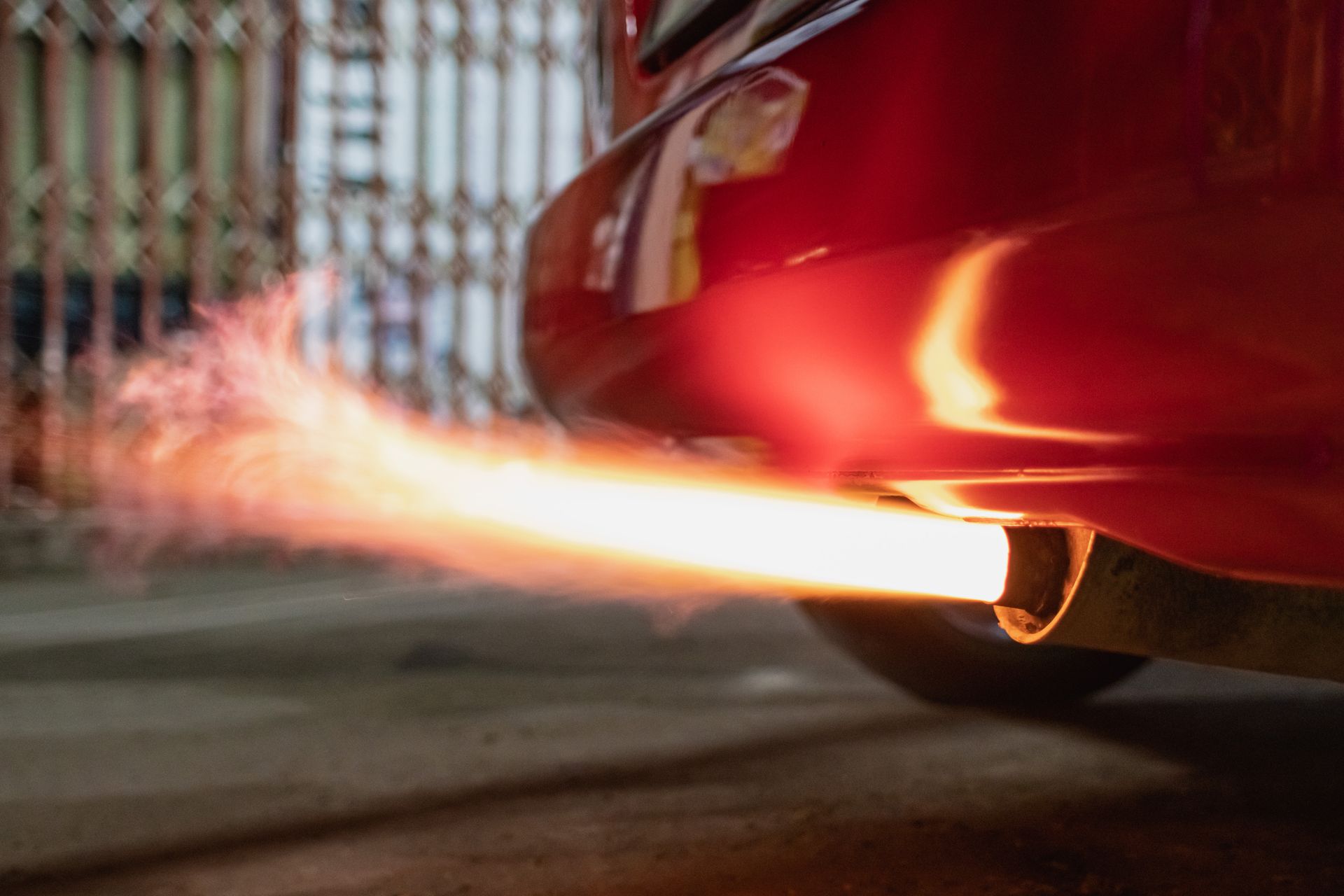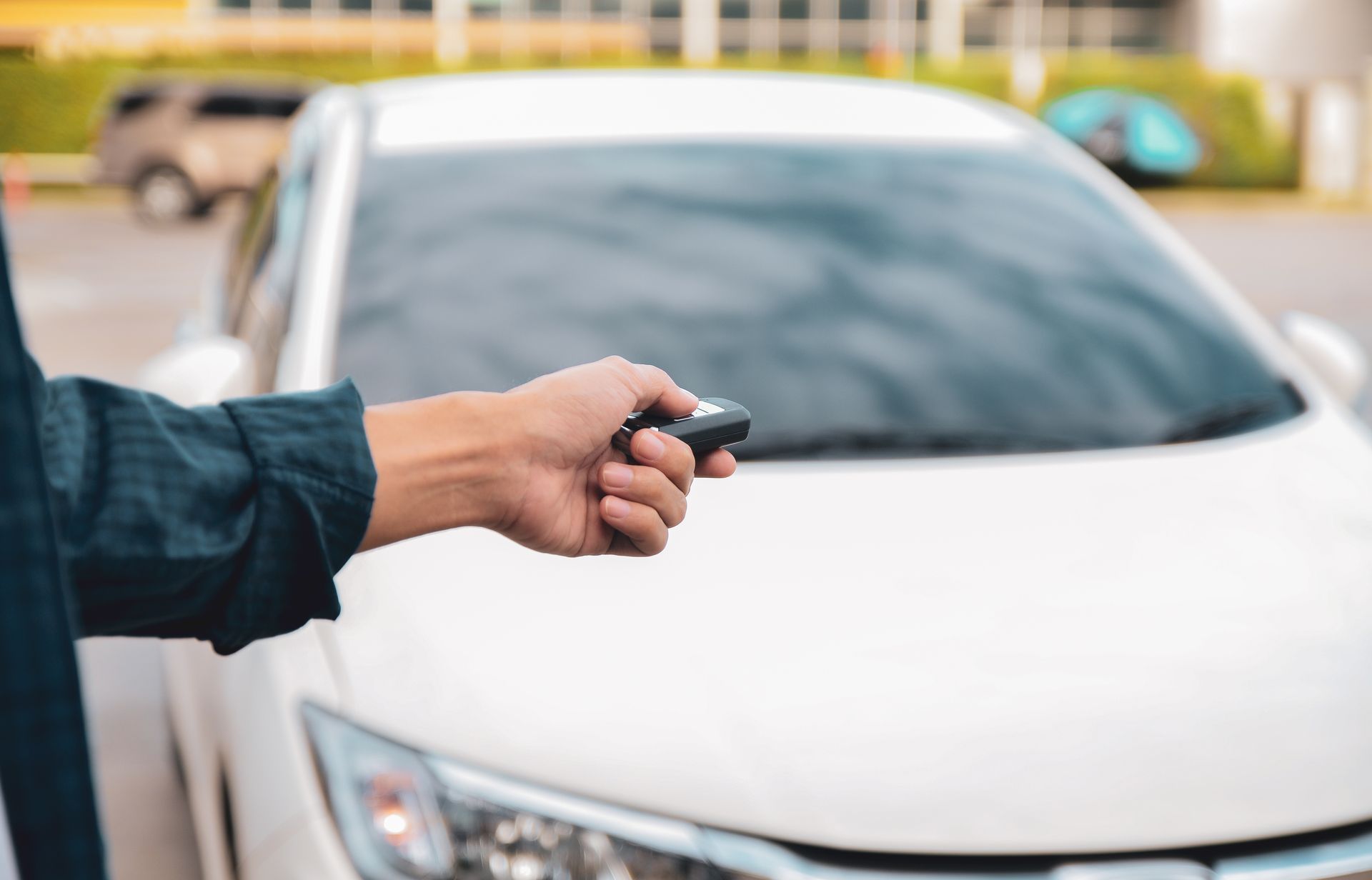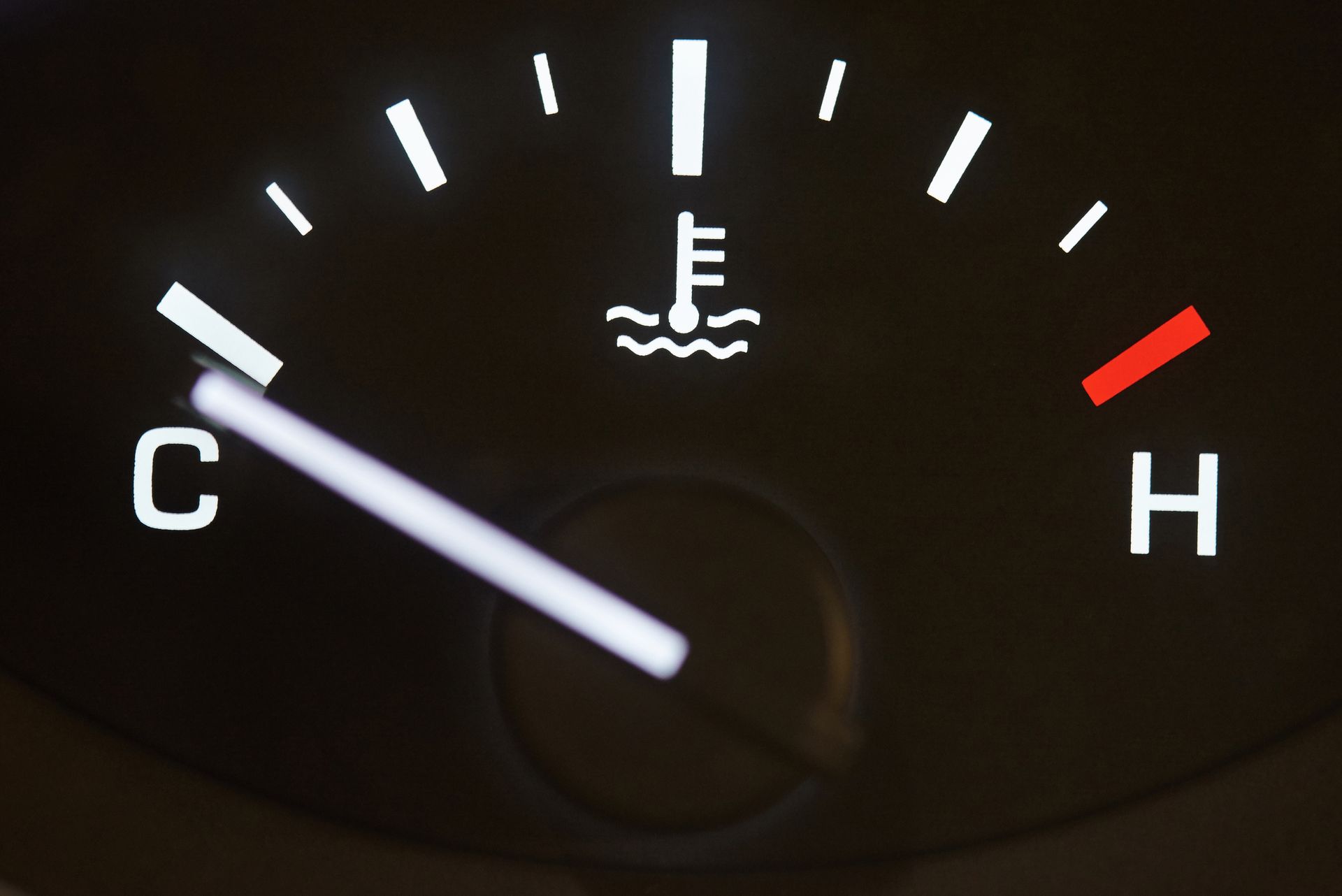When we think of dangerous driving behaviors, drunk driving often tops the list. But have you ever considered the risks of driving while drowsy? Drowsy driving is more than just a late-night struggle to keep your eyes open. It’s a serious safety hazard that can lead to devastating accidents. The question is, can it really be as dangerous as drunk driving?
How Drowsiness Affects Driving Ability
Feeling tired isn’t just a minor inconvenience behind the wheel; it directly impacts your ability to drive safely. When you’re drowsy, your reaction times slow down, decision-making becomes impaired, and your focus wavers. In extreme cases, you might even fall asleep at the wheel, which is as dangerous as it sounds.
Studies have shown that being awake for 18 consecutive hours can affect your driving as much as having a blood alcohol concentration (BAC) of 0.05%. After 24 hours, it’s equivalent to a BAC of 0.10%, which is above the legal limit in most states.
Why Drowsy Driving Is Overlooked
Unlike drunk driving, which is widely recognized and stigmatized, drowsy driving often flies under the radar. People might push through exhaustion, convincing themselves they’ll “wake up” with fresh air or loud music. But these quick fixes don’t address the root problem: your brain and body need rest to function properly.
What makes this even more alarming is that many drivers don’t realize they’re too tired to drive until it’s too late. Microsleeps—brief, uncontrollable lapses in attention that last just a few seconds—can occur without warning, leaving you completely unaware of the danger you’re in.
Signs That You Might Be Too Tired to Drive
How can you tell if you’re too drowsy to drive? Here are some common warning signs:
- Frequent yawning or blinking.
- Trouble keeping your head up.
- Drifting out of your lane or hitting rumble strips.
- Difficulty remembering the last few miles driven.
If you’re experiencing any of these symptoms, it’s time to pull over and rest. No destination is worth risking your safety—or someone else’s.
Preventing Drowsy Driving
The good news is that drowsy driving is preventable with some proactive measures. Here’s what you can do:
- Get Enough Sleep: Adults typically need 7–9 hours of sleep per night. Prioritize rest, especially before long trips.
- Plan Your Travel Wisely: Avoid driving during peak fatigue hours, like late at night or early in the morning.
- Take Breaks: On long drives, stop every 2 hours or 100 miles to stretch, hydrate, and refresh.
- Share the Driving: If possible, travel with someone who can take over the wheel when you’re tired.
- Watch Out for Medications: Some prescription and over-the-counter drugs can cause drowsiness. Check labels and avoid driving if you feel drowsy.
Is Drowsy Driving Really as Dangerous as Drunk Driving
The short answer is yes. Both impair your ability to drive safely, increasing the risk of accidents and fatalities. While drunk driving has clear legal consequences and a higher level of public awareness, drowsy driving is just as dangerous and demands the same level of attention and prevention.
Recognizing the risks and taking steps to avoid driving while fatigued could save lives. It’s a simple, powerful way to make the roads safer for everyone.
Your car deserves the best care, especially when it comes to safety. Stop by
Gerry's Service for thorough inspections and expert services. Let us help you drive with confidence!










